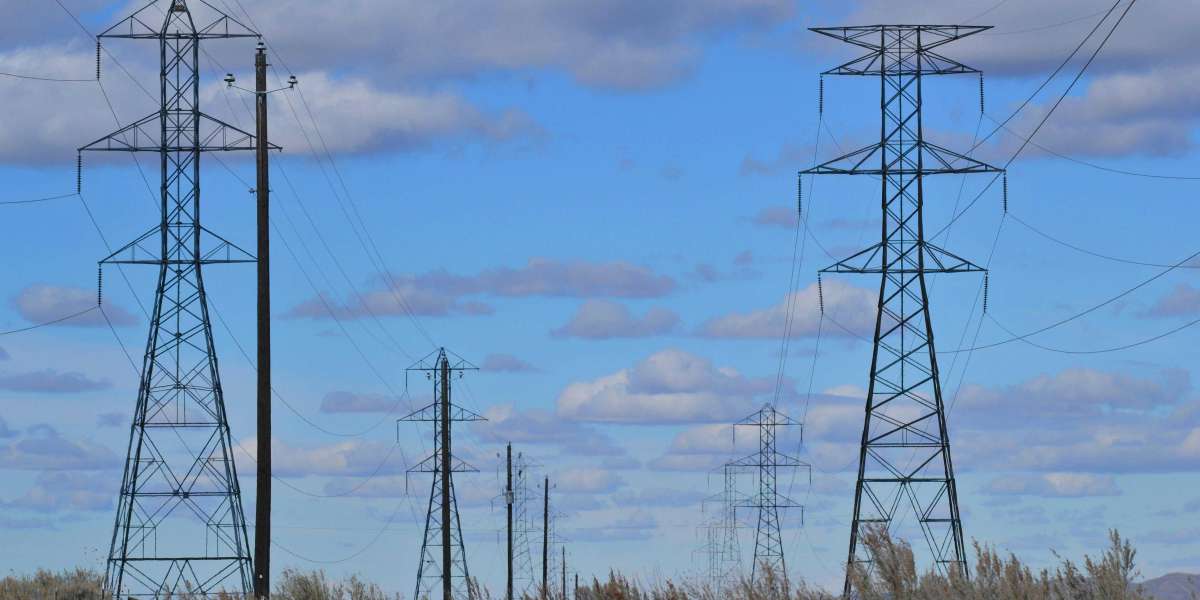Comprehensive Guide to Earth Testing Methods
Understanding the Importance of Earth Testing
Earth testing is not merely a regulatory requirement; it’s a safety imperative. A grounding system acts as a safety net, providing a low-resistance path for fault currents to flow safely into the earth. If the earth resistance is high, it can lead to:
- Electrical shocks: The potential for harm to personnel increases significantly.
- Equipment damage: Voltage surges can damage electrical equipment.
- Fire hazards: High earth resistance can contribute to electrical fires.
- System instability: Poor grounding can affect the overall performance of electrical systems.
Regular earth testing helps identify and address these issues before they escalate into major problems.
Common Earth Testing Methods
Several methods are employed to measure earth resistance. The choice of method depends on factors such as soil conditions, the size of the grounding system, and the desired level of accuracy.
1. Fall-of-Potential Method
Considered the gold standard in earth testing, the fall-of-potential method provides the most accurate results. It involves using three electrodes: a current electrode, a potential electrode, and the earth electrode under test. A known current is injected into the ground, and the resulting voltage drop is measured to calculate the earth resistance.
2. Soil Resistivity Method
This method determines the resistivity of the soil, which can be used to estimate the earth resistance of an electrode. By measuring the resistance between four electrodes arranged in a specific pattern, it provides valuable insights into soil conditions.
3. Clamp-on Method
A more convenient but less accurate option, the clamp-on method involves measuring the current flowing through the earth electrode using a clamp-on ammeter. While suitable for quick assessments, it may not provide sufficient precision for critical applications.
4. Stakeless Method
This method eliminates the need for additional stakes or electrodes. A specialized earth tester injects a current into the ground and measures the resulting voltage drop. However, its accuracy can be influenced by soil conditions and other factors.
Factors Affecting Earth Resistance
Several factors can impact the earth resistance of a grounding system:
- Soil resistivity: The type of soil, moisture content, and temperature significantly influence earth resistance.
- Electrode size and depth: Larger and deeper electrodes generally have lower resistance.
- Electrode material: The type of material used for the earth electrode affects its conductivity.
- Grounding system configuration: The arrangement and spacing of electrodes impact overall resistance.
Best Practices for Earth Testing
To ensure accurate and reliable earth testing results, consider the following best practices:
- Use calibrated equipment: Accurate measurements depend on properly calibrated testing instruments.
- Follow industry standards: Adhere to relevant standards and guidelines for earth testing.
- Consider environmental conditions: Factors like soil moisture and temperature can affect results.
- Document test results: Maintain detailed records of earth resistance measurements for future reference.
- Regular testing: Conduct earth testing at regular intervals to monitor changes in ground resistance.
Additional Considerations
- Earth Enhancement: In cases where the natural earth resistance is high, earth enhancement techniques can be employed to improve grounding effectiveness. This may involve using additional electrodes, backfilling with conductive materials, or chemical treatment.
- Grounding Grids: For large installations, grounding grids may be necessary to provide adequate protection. Earth testing is crucial for evaluating the performance of grounding grids.
- Transient Overvoltage Protection: While not directly related to earth testing, protecting electrical systems from transient overvoltages is essential for overall system reliability.
Conclusion
Effective earth testing is a cornerstone of electrical safety and system performance. By understanding the various earth testing methods, considering influencing factors, and following best practices, you can ensure the optimal performance of your grounding system. Regular testing and proactive measures will help protect your personnel, equipment, and facility from potential electrical hazards.




